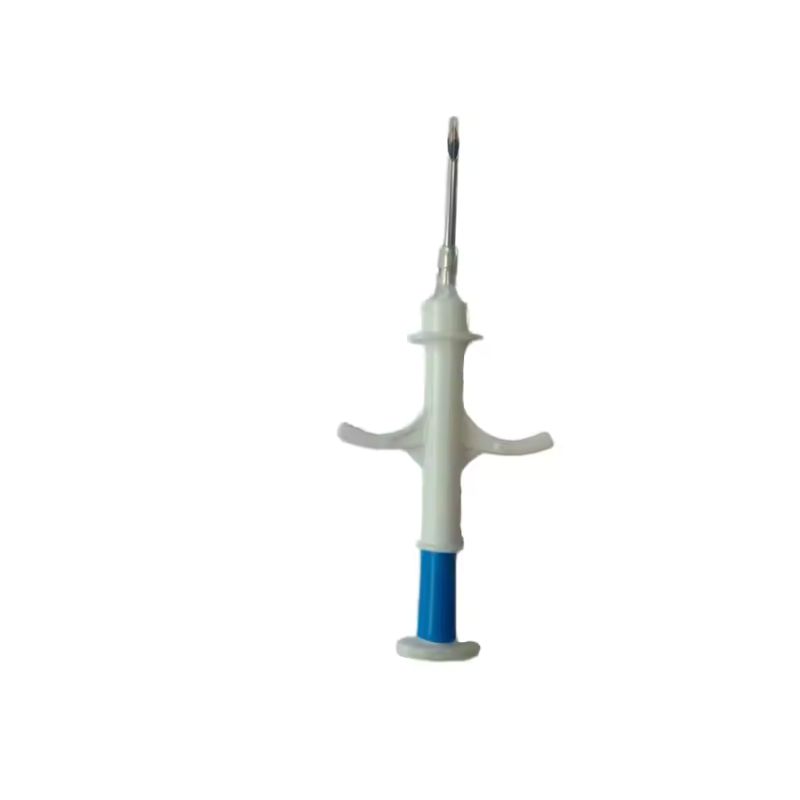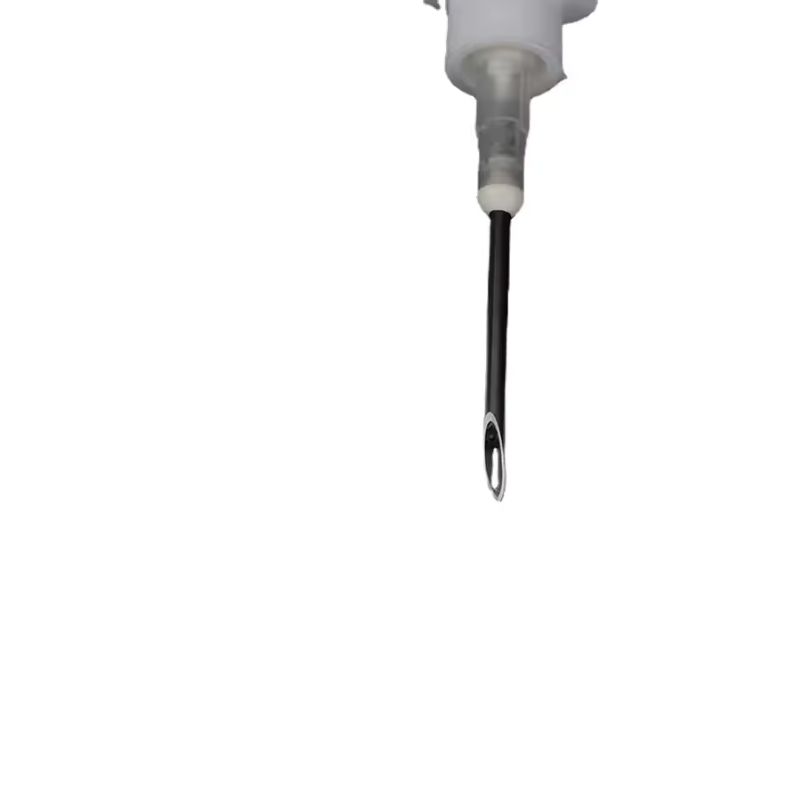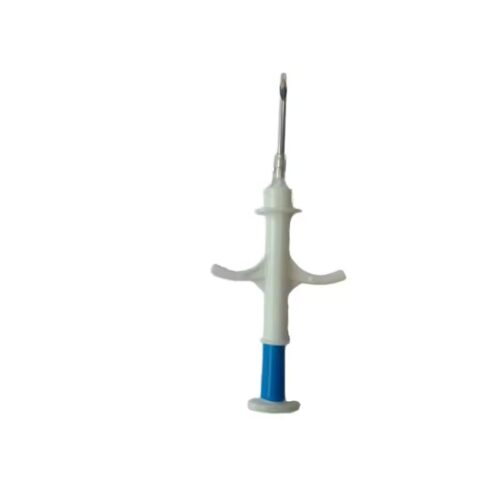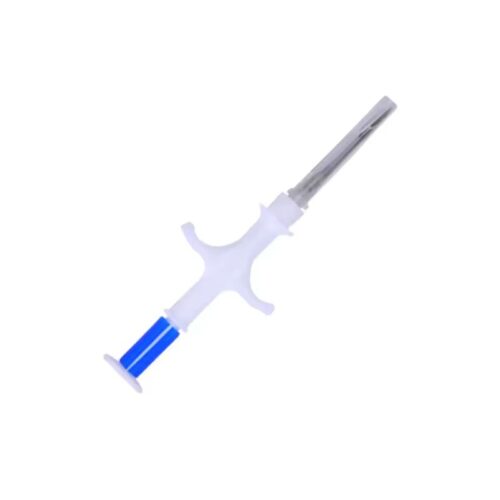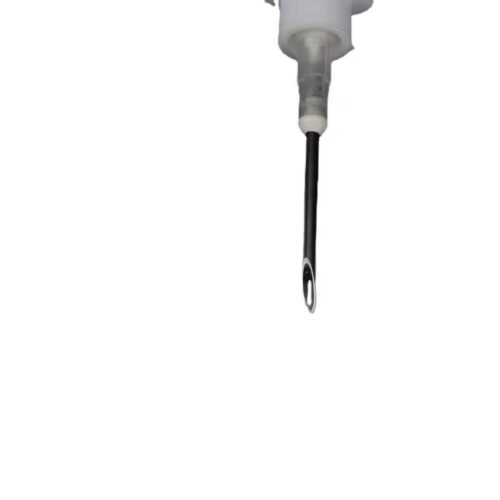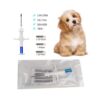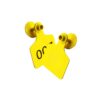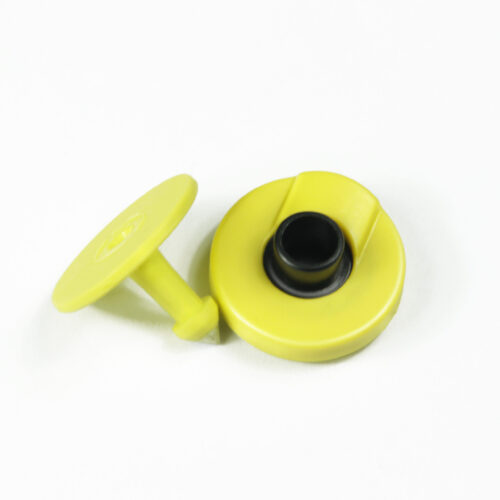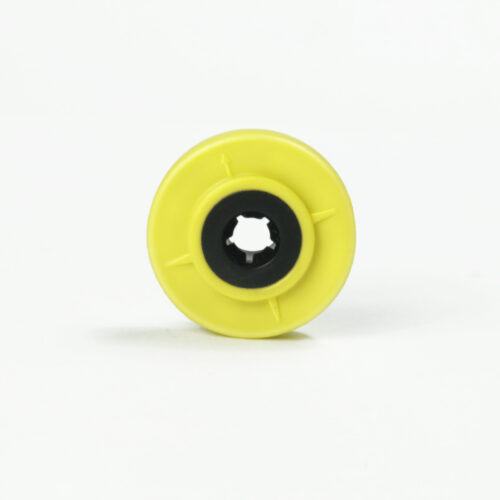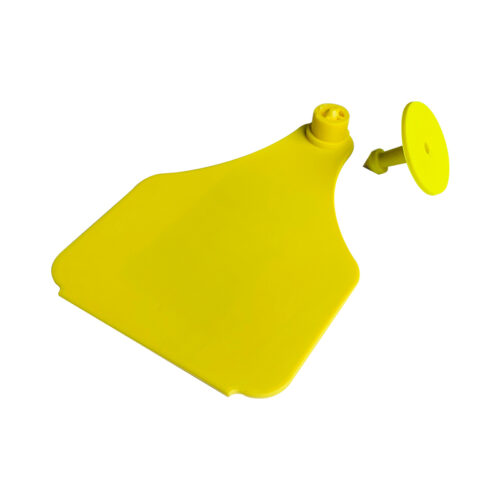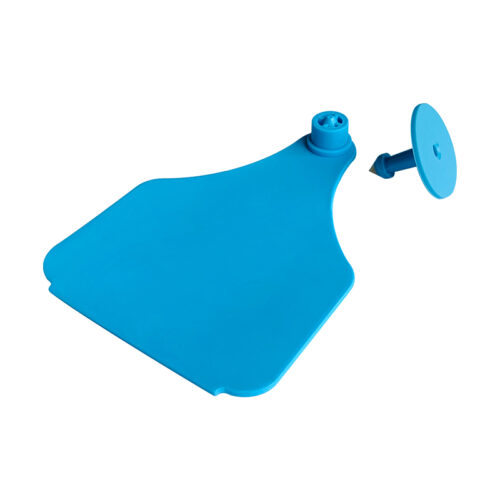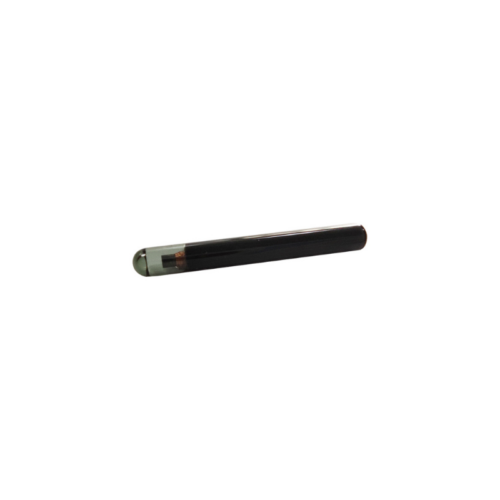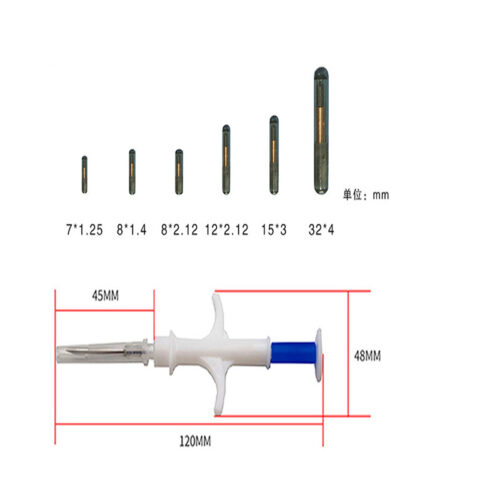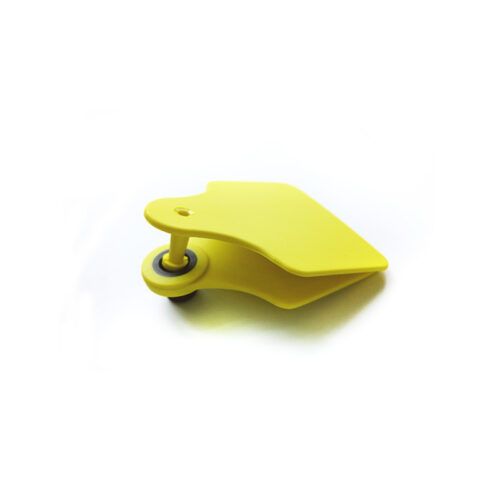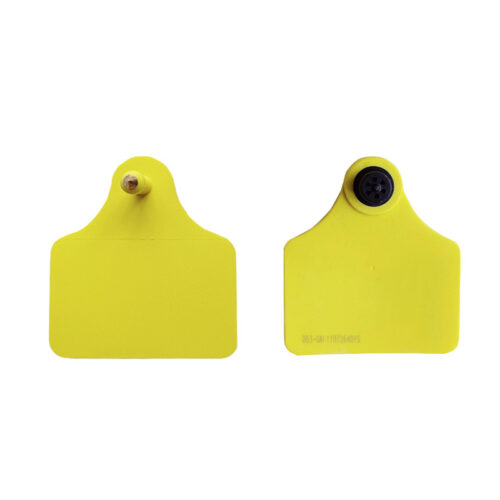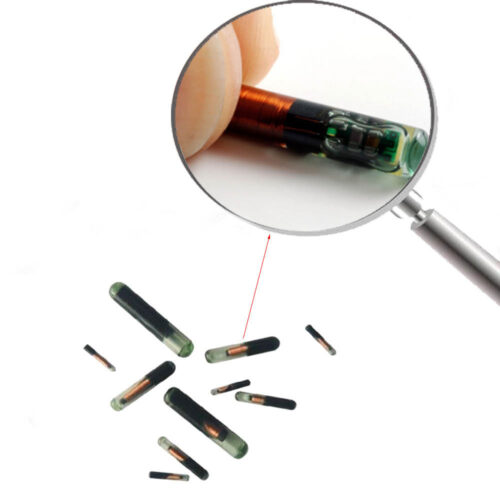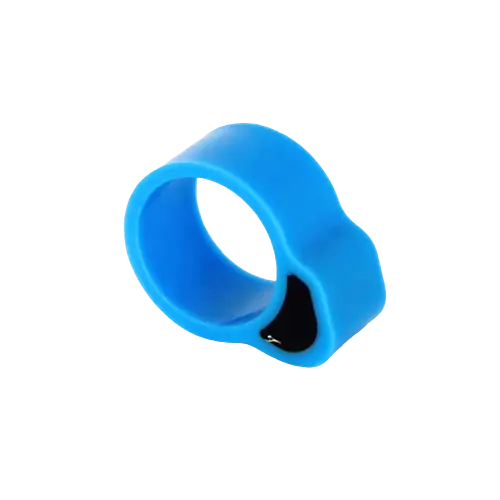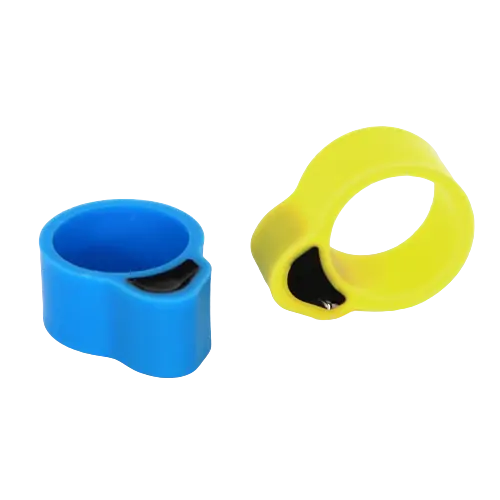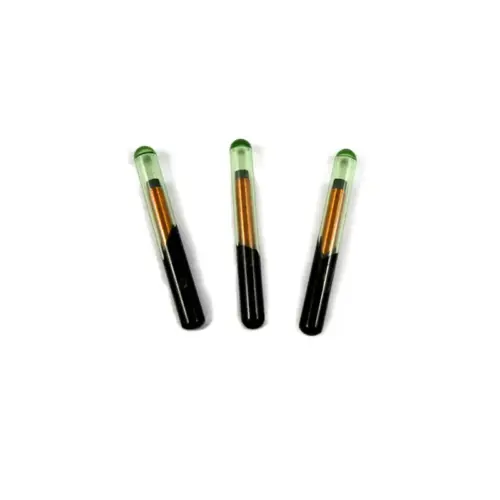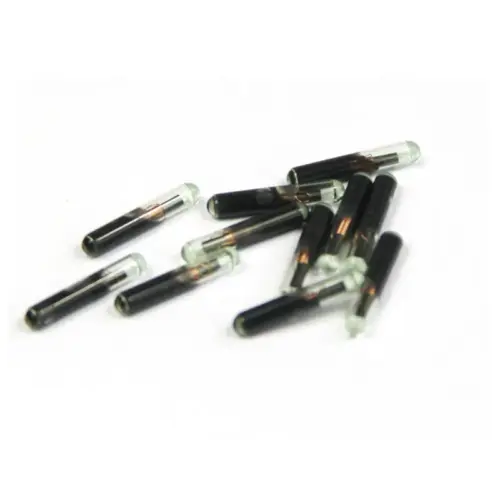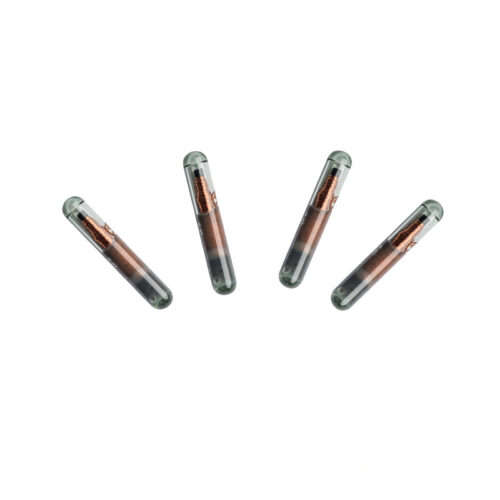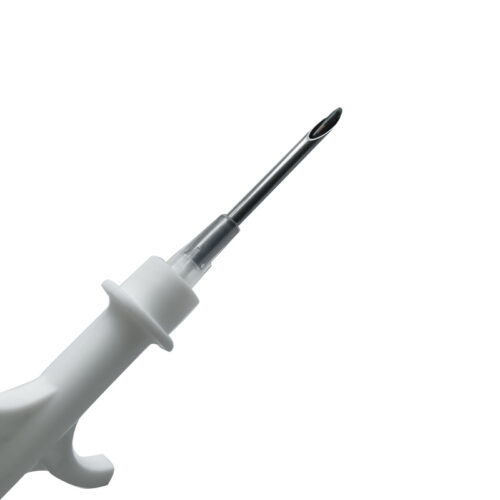Revolutionize Animal Identification: The 134.2kHz 2.12*12mm Animal ID Glass Tag RFID Chip Syringe
In an era where accurate and humane animal identification is paramount, our 134.2kHz 2.12*12mm Animal ID Glass Tag RFID Chip Syringe stands out as a premier solution. Designed for a wide range of animals, particularly smaller species where traditional tagging methods are unsuitable, this system offers a seamless, secure, and permanent method of identification. Whether you’re a veterinarian, animal shelter operator, breeder, researcher, or a dedicated pet owner, understanding the value of reliable identification is key to animal welfare, management, and recovery. This advanced RFID chip syringe system simplifies the process, ensuring minimal discomfort for the animal and maximum efficiency for the user.
The core of this system is a tiny, biocompatible glass-encapsulated RFID transponder, precisely engineered to the dimensions of 2.12mm in diameter and 12mm in length. This miniature size makes it ideal for subcutaneous implantation in a vast array of animals, from companion pets like dogs, cats, and rabbits, to livestock, zoo animals, and laboratory subjects. The 134.2kHz frequency is the globally recognized standard for animal identification, complying with ISO 11784 and ISO 11785 (FDX-B) protocols. This ensures broad compatibility with a multitude of RFID readers worldwide, facilitating easy identification across different systems and geographical locations. The true innovation lies in the delivery mechanism: each sterile glass tag comes pre-loaded in an individual, disposable RFID chip syringe, designed for a swift, safe, and almost painless implantation.
Seamless and Secure Animal Tracking with Our Advanced RFID Chip Syringe
The primary advantage of employing our RFID chip syringe for animal identification is the unparalleled combination of security and convenience. Once implanted, the glass tag provides a permanent, unalterable unique identification number for the animal. Unlike external tags or collars that can be lost, damaged, or intentionally removed, an implanted RFID microchip remains with the animal for its entire life. This is crucial for:
Lost Pet Recovery: The most widely recognized benefit. Shelters and veterinary clinics routinely scan found animals for microchips. A registered chip with our RFID chip syringe system can swiftly reunite a lost pet with its owner.
Proof of Ownership: In disputes or for official records, an implanted microchip serves as undeniable proof of ownership.
Animal Health Records: Veterinarians can link an animal’s unique ID to its medical history, ensuring accurate treatment and medication administration.
Disease Control and Traceability: In livestock and agriculture, RFID tagging is essential for tracking animal movements, controlling disease outbreaks, and ensuring food safety.
Breeding Programs: Accurate identification is vital for managing pedigrees, tracking genetic traits, and maintaining breeding records.
Research and Conservation: Scientists use RFID tags to monitor animal behavior, migration patterns, and population dynamics in wild and captive settings.
The implantation process itself is designed to be as stress-free as possible. The RFID chip syringe features a sharp, high-quality needle that minimizes tissue trauma. The procedure is quick, comparable to a routine vaccination, and can be performed by a trained professional. The biocompatible glass casing of the transponder is inert and well-tolerated by the animal’s body, significantly reducing the risk of inflammation or rejection. Furthermore, many of our glass tags feature a Parylene C coating, an anti-migration material that helps ensure the tag remains in its intended implantation site.
Understanding the Technology: The Glass Tag and RFID Chip Syringe System
Our 134.2kHz 2.12*12mm Animal ID Glass Tag RFID Chip Syringe integrates several sophisticated technologies to deliver its reliable performance:
The RFID Transponder (Glass Tag):
Dimensions: 2.12mm (diameter) x 12mm (length) – compact and unobtrusive.
Encapsulation: Medical-grade biocompatible glass, ensuring safety and longevity within the animal’s body.
Frequency: 134.2kHz Low Frequency (LF), chosen for its excellent ability to penetrate organic tissue, ensuring reliable readability.
Protocol: FDX-B (Full Duplex B), compliant with ISO 11784 (code structure) and ISO 11785 (technical concept) international standards. This guarantees interoperability with compliant readers globally.
Unique ID: Each chip is programmed with a unique, unalterable identification number.
Passive Operation: The chip has no internal battery. It is activated and powered by the electromagnetic field emitted by an RFID reader, then transmits its unique ID back to the reader. This ensures a virtually unlimited operational lifespan.
Parylene Coating (Optional but Recommended): A thin, biocompatible polymer coating applied to the outside of the glass tag to prevent migration of the chip under the animal’s skin.
The Syringe Applicator:
Sterility: Each RFID chip syringe is individually packaged and sterilized (typically using Ethylene Oxide – EO gas) to prevent infection.
Ergonomic Design: The syringe is designed for comfortable handling and precise control during implantation.
Sharp Needle: The high-quality, beveled needle ensures a smooth and quick insertion, minimizing pain and tissue damage.
Pre-loaded: The glass tag is already positioned correctly within the needle of the syringe, eliminating the need for manual loading and reducing the risk of contamination or tag damage.
Single-Use: Designed for one-time use to maintain sterility and prevent cross-contamination.
This integrated system ensures that from the moment of implantation, the animal carries a reliable and universally scannable identifier. The use of an RFID chip syringe significantly simplifies what could otherwise be a more complex procedure, making it accessible and efficient.
Technical Specifications and Easy Implementation of Your RFID Chip Syringe
To fully appreciate the capabilities of our 134.2kHz 2.12*12mm Animal ID Glass Tag RFID Chip Syringe, consider the following technical details:
| Feature | Specification |
| Product Name | Animal ID Glass Tag RFID Chip Syringe |
| Frequency | 134.2 kHz |
| Chip Type | EM4305 (or compatible) |
| Standard Compliance | ISO 11784/11785 (FDX-B) |
| Tag Dimensions | Ø2.12 mm x 12 mm |
| Housing Material | Biocompatible Glass |
| Parylene Coating | Available (Recommended) |
| Operating Temperature | -25°C to +85°C |
| Storage Temperature | -40°C to +90°C |
| Read Range | Up to 10 cm (depends on reader & environment) |
| Data Retention | > 10 years |
| Write Endurance | > 100,000 cycles (for Read/Write chips) |
| Syringe Material | Medical Grade Polypropylene |
| Needle Material | Stainless Steel |
| Sterilization | EO Gas (Ethylene Oxide) |
| Packaging | Individual sterile pouch |
| Shelf Life | Typically 5 years from sterilization date |
Implementation Process:
Verification: Before implantation, scan the RFID chip syringe with a compatible LF reader to confirm the tag is functional and record its unique ID.
Site Preparation: Identify the appropriate implantation site (e.g., subcutaneously between the shoulder blades for many companion animals, or as per species-specific guidelines). Cleanse the area as you would for any minor injection.
Implantation: Gently lift the skin at the prepared site. Insert the needle of the RFID chip syringe subcutaneously and fully depress the plunger to eject the glass tag. Withdraw the needle.
Post-Implantation Scan: Scan the animal at the implantation site to confirm the tag is correctly placed and readable.
Record Keeping: Register the animal’s details along with the microchip’s unique ID in the relevant database (e.g., pet recovery database, farm management system).
Disposal: Dispose of the used RFID chip syringe in an appropriate sharps container according to medical waste guidelines.
Choosing our 134.2kHz 2.12*12mm Animal ID Glass Tag RFID Chip Syringe means investing in a reliable, humane, and internationally recognized standard for animal identification. It’s a small device that makes a big difference in animal welfare, management, and peace of mind. Contact us today to learn more about how this technology can benefit your specific needs.

